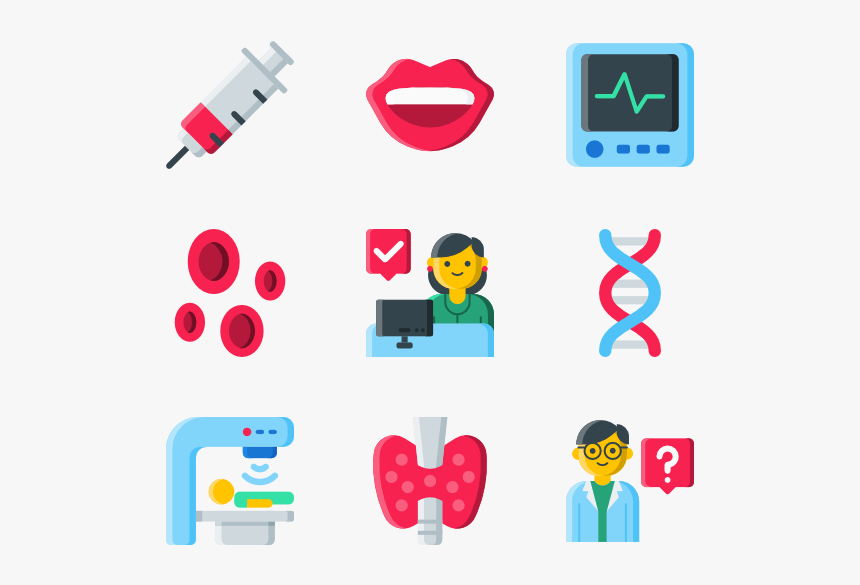Achieving Work-Life Harmony: A Practical Guide to Stress Management
Navigating the demands of modern life often feels like a constant juggling act. The relentless pressure to excel professionally can leave individuals feeling overwhelmed, exhausted, and disconnected from what truly matters. However, achieving work-life balance isn't just desirable—it's essential for well-being, productivity, and overall happiness. This comprehensive guide offers actionable strategies to effectively manage stress and create a more fulfilling life.
Prioritize and Set Boundaries: The Cornerstone of Balance
The journey to work-life harmony begins with clear prioritization and strong boundaries between professional and personal life. Honestly assess your commitments, and learn to politely decline additional responsibilities when necessary. Overcommitment is a significant stressor; protecting your time is crucial. This involves creating a realistic schedule that accounts for both work and personal commitments, and sticking to it as much as possible. Use tools like calendars and to-do lists to stay organized and track your progress.
Harness the Power of Regular Breaks: Revitalizing Your Energy
Regular breaks are not a luxury; they are vital for maintaining focus and reducing stress. Short breaks throughout the day allow you to recharge, improving concentration and reducing fatigue. These breaks can be simple: a brief walk, mindful breathing exercises, or engaging in a relaxing hobby. Even a few minutes of stepping away from your work can significantly impact your overall productivity and well-being. Consider scheduling these breaks into your day, just as you would any other important meeting or appointment.
Delegate and Seek Support: Sharing the Burden
Don't hesitate to delegate tasks when feasible. Sharing responsibilities fosters teamwork and reduces your individual workload. Similarly, asking for help is a sign of strength, not weakness. Accepting support frees up valuable time and mental energy for personal pursuits. Identify colleagues or team members who can assist with specific tasks, and clearly communicate your needs and expectations.
Master Time Management: Optimizing Your Schedule
Effective time management is paramount for balancing work and personal life. Utilize tools such as to-do lists, prioritization matrices (like the Eisenhower Matrix), and time blocking techniques to enhance organization and reduce feelings of being overwhelmed. Allocate specific time slots for tasks, ensuring adequate time for both professional and personal commitments. Regularly review and adjust your schedule as needed to accommodate changing priorities and unforeseen circumstances.
Cultivate a Self-Care Routine: Investing in Your Well-being
Prioritizing self-care is not selfish; it's essential for maintaining physical and mental health. Incorporate activities that promote relaxation and rejuvenation into your daily routine. This could include regular exercise, meditation, journaling, spending time in nature, or engaging in hobbies. These activities replenish your energy and offer much-needed mental respite. Make self-care a non-negotiable part of your daily schedule, even if it's just for a few minutes.
Digital Detoxification: Reclaiming Your Time and Focus
In our hyper-connected world, establishing technology boundaries is crucial. Designate specific times to disconnect from work emails and notifications, allowing uninterrupted time for personal relationships and activities. This conscious disengagement prevents burnout and fosters a healthier relationship with technology. Consider creating designated "digital-free" zones in your home or setting specific times each day for disconnecting from devices.
Open Communication: Building Bridges and Seeking Support
Effective communication is vital for managing the challenges of work-life balance. Openly share concerns and challenges with supervisors, colleagues, and loved ones. Seeking support and understanding from others alleviates stress and fosters a sense of community. Regularly communicate your needs and boundaries to ensure that others understand and respect your time and energy.
Set Realistic Expectations: Embracing Imperfection
Avoid setting unrealistic expectations for yourself or others. Perfectionism is a significant stressor. Acknowledge that you can't do everything perfectly, and that it's acceptable to make mistakes. Focus on progress, not perfection, and celebrate your accomplishments along the way. Learn to prioritize tasks and focus on what truly matters.
Nurture Positive Relationships: Building a Strong Support Network
Surround yourself with supportive individuals who enrich your life and provide emotional support. Nurturing these relationships is essential for stress reduction and overall well-being. Invest time in connecting with those who uplift and inspire you. Schedule regular time for socializing and engaging with loved ones.
Create a Peaceful Environment: Designing Your Sanctuary
Your environment significantly influences your mood and stress levels. Create a workspace and home environment that promotes relaxation and tranquility. Incorporate elements such as natural light, plants, calming colors, and comfortable furniture to foster a sense of peace and serenity. A well-designed environment can significantly impact your ability to focus and relax.
Explore Flexible Work Arrangements: Tailoring Your Schedule
If possible, explore flexible work arrangements like remote work or flexible schedules to better align work and personal life. Discuss these options with your employer to find mutually beneficial solutions that enhance well-being and productivity. Flexible work arrangements can greatly improve work-life balance and reduce stress.
Practice Mindfulness: Living in the Present Moment
Mindfulness cultivates awareness of your present experience without judgment. This practice reduces stress, enhances focus, and improves emotional regulation. Regular mindfulness exercises, such as meditation or deep breathing, contribute to a more balanced and fulfilling life. Even short periods of mindfulness can have a significant positive impact.
Transition Consciously from Work to Relaxation: Intentional Disengagement
When finishing work, consciously disengage from work-related thoughts. Engage in activities that facilitate relaxation, such as listening to calming music, taking a warm bath, or pursuing a hobby. Creating a clear separation between work and personal time prevents burnout. Establish a clear end-of-workday routine to signal your mind and body that it is time to relax and recharge.
Practice Gratitude: Focusing on the Positive
Taking time each day to reflect on things you're grateful for shifts your focus toward positive aspects of life, reducing stress and increasing happiness. Keeping a gratitude journal is a simple yet powerful method to cultivate a more positive mindset. Regularly reflecting on what you are grateful for can significantly improve your overall well-being.
Seek Professional Support: When to Reach Out
If stress becomes overwhelming or you struggle to achieve work-life balance, seek professional help. Therapists or coaches provide personalized guidance and support, helping you develop coping mechanisms and strategies tailored to your individual needs. Don't hesitate to reach out for support when needed; it's a sign of strength, not weakness.
Achieving work-life balance is an ongoing process, not a destination. Be patient and compassionate with yourself. By consistently implementing these strategies, you can cultivate a more harmonious and fulfilling life, where both professional and personal aspirations thrive.







